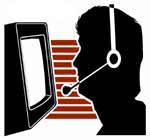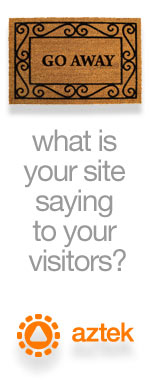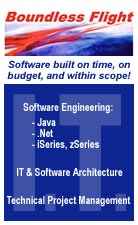Windows 7: Up and Running: A Quick, Hands-On Introduction is, as advertised, a quick introduction to Windows 7. The book, including index, is 185 pages. is, as advertised, a quick introduction to Windows 7. The book, including index, is 185 pages. It succinctly covers the different versions of Windows 7, system requirements, installation and upgrading. Later in the book you will learn how to install from a thumb drive or USB hard drive, dual-booting Windows 7 and XP or Vista and installing Windows 7 on a virtual drive. It's the What's New in Windows 7 that will be of most interest to the XP and Vista users. In general I like the new Windows 7 taskbar and the ability to pin apps and documents to the task bar. I like how it shows multiple instances of a program. For example if I have 4 tabs open in Internet Explorer, when I hover over the IE taskbar icon I see screenshots of all 4 and can choose any with a click. Same with multiple Word documents or other apps. The one thing I don't like is they moved Vista's Show Desktop icon to a small strip at the right hand side of the taskbar (next to date and time). With powerful hardware we all have a bunch of apps loaded so seeing the desktop is more important than ever. The easy work around, of course, is Windows Key-D, but I wish there was an icon for it. If you haven't yet experienced Windows 7 touchscreen support or Aero Peek, Aero Shake and Aero Snap, the book briefly explains these UI enhancements. The author touches on the basics: Gadgets, WordPad, paint, etc. but you will probably skip over them. I do like the 2 new modes in the venerable Calculator though - Programmer and Statistics. A convenient new UI feature is the Jump List. If you right-click on a pinned app ypou will get various options as well as tasks and destinations. The Word icon, for example, shows the 10 most recently used documents so you get one-click access to them.
The author then explains Libraries, a new feature in Windows 7. Libraries are a way to group several folders under a common name. The folders can reside anywhere but they will be in their Library as well. 4 Libraries are installed by default: Documents, Music, Pictures and Videos. Lee shows how to create and customize your own Library.
He then explains file sharing options such as the new HomeGroup and covers security. Lee covers the freebie apps in Windows Live Essentials (Messenger, Mail, Writer, etc). I was pleasantly surprised that he spent 3 pages on Windows PowerShell. PowerShell is a great tool but usually just gets a one line mention in intro books like this.
Another pleasant surprise was the page on the Math Input Panel accessory. This app opens a window and you draw your math equation (square roots, pi, etc) and it converts your drawing for use in Word.
There is a chapter on IE 8 and it's new features such as Find on Page. Press Control-F and type in what you want to find and IE 8 will locate its instances on that page. (Yes Firefox has had that for awhile) There is a whole chapter on Windows XP Mode and creating and running virtual machines. There is a nice, step-by-step tutorial with screen shots on installing Ubuntu Linux in a virtual machine on your Windows 7 system.
The last chapter is Tips and Tricks. If you like the Command Prompt, for example, you can navigate to a folder in Windows explorer and then Shift-right-click and select 'Open command window here'. The author has the credentials and talent to deliver just what the book promises - and with some nice extra touches.
Great Lakes Geek Rating:3.5 out of 5 pocket protectors.
Reviewed by Entreprenerd Dan Hanson, the Great Lakes GeekWhat are you reading? Let us know at dan@greatlakesgeek.com
Top of Page
Back to Great Lakes Geek Book Reviews
| 


